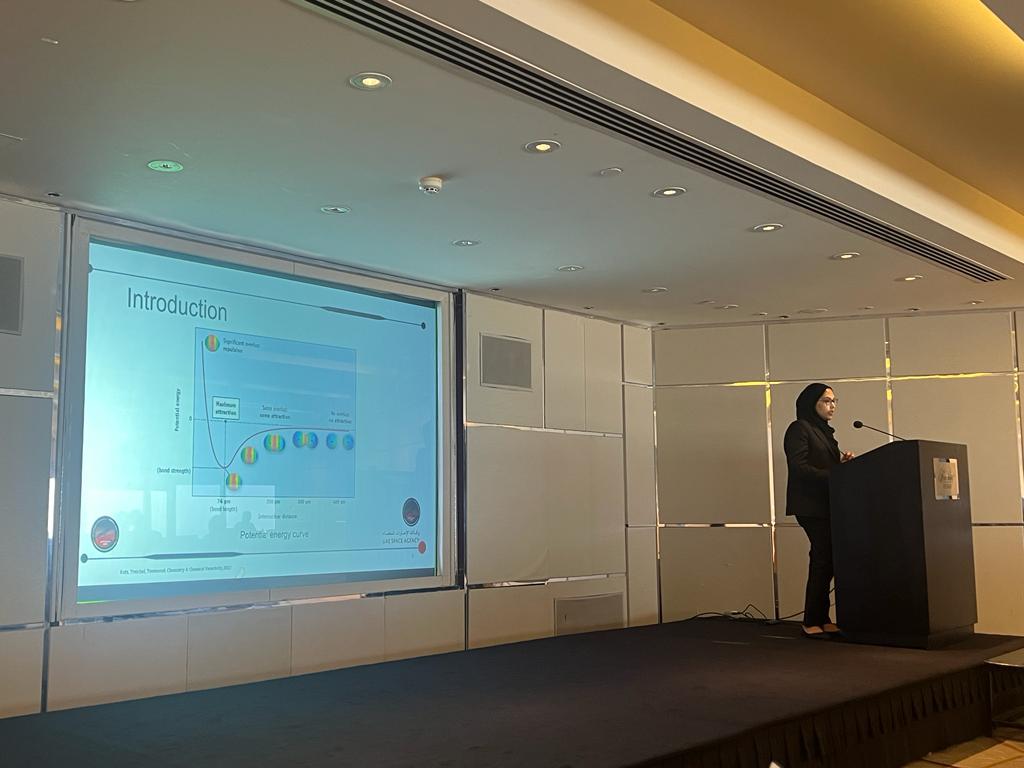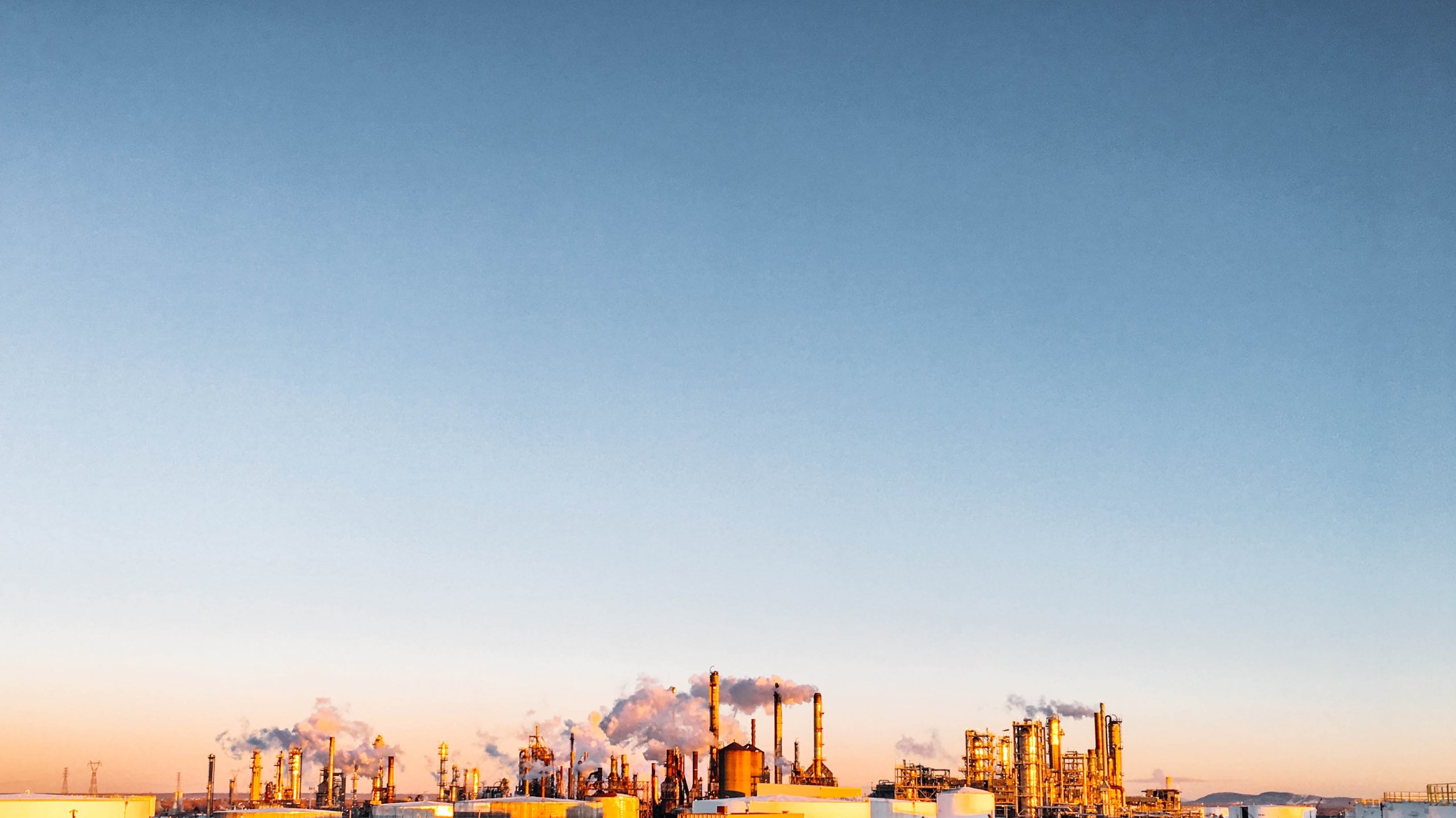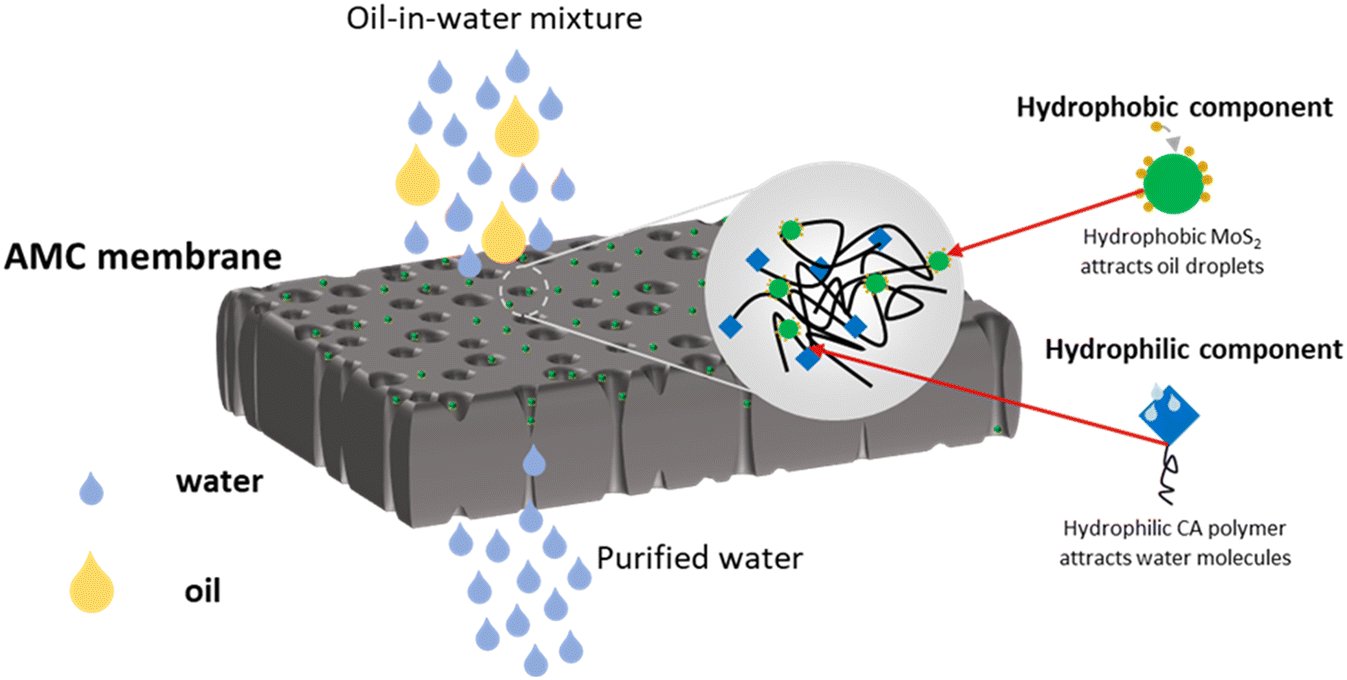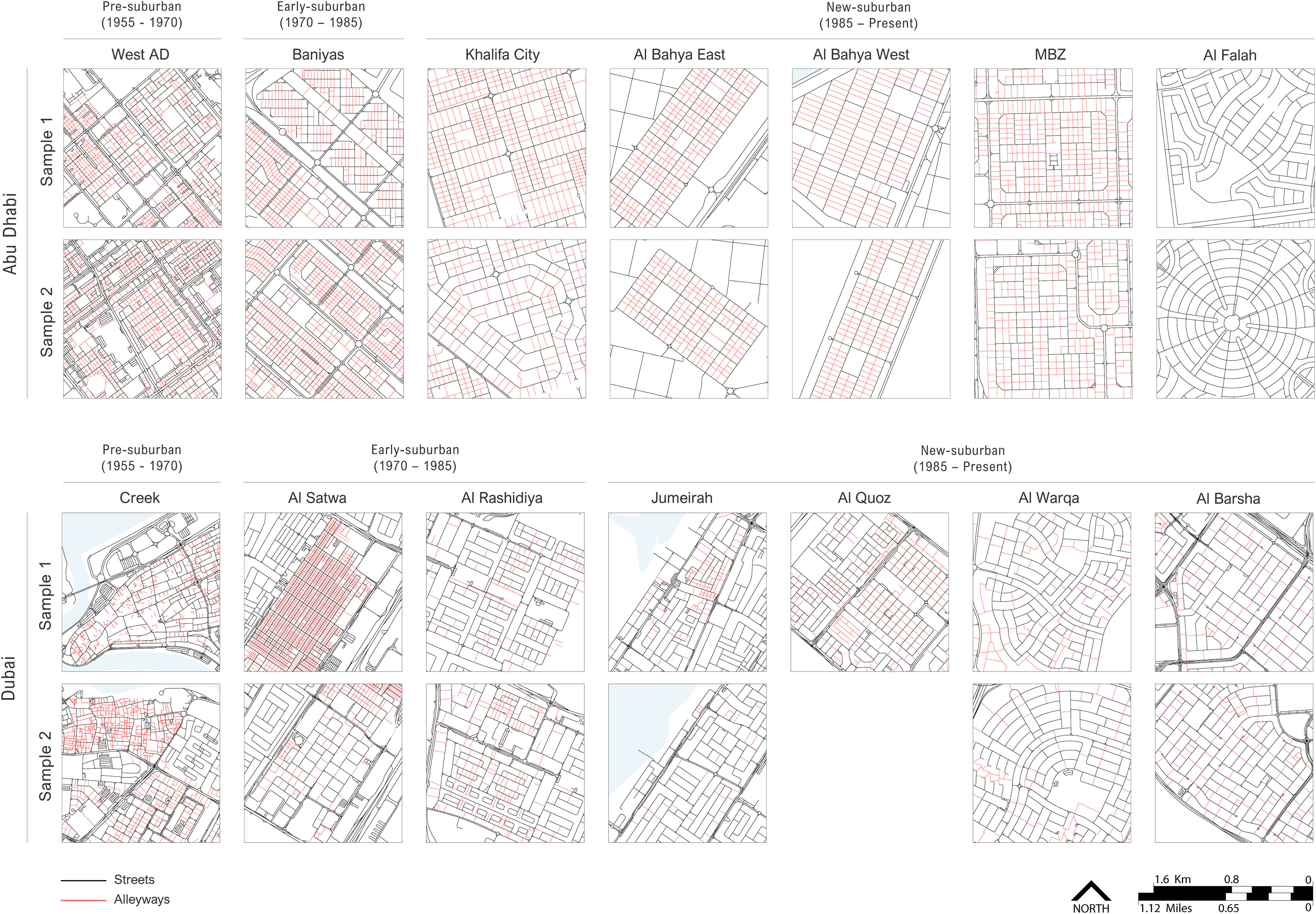
Unique Research on CO Emission Properties Could Encourage Further Martian Explorations
The UAE’s Emirates Mars Mission (EMM) science team has accepted research output from Khalifa University Professor Dr. Nayla El-Kork’s research team, under the umbrella of Ph.D. student Malathe Khalil’s research study focused on the emission properties of Carbon Monoxide (CO) and its implications for understanding the composition of Mars’ atmosphere at an EMM meeting.
As CO is one of the target molecules studied by the EMM team, the research is particularly valuable for the Mars 2117 program, which aims to establish a sustainable human settlement on Mars within the next 100 years, in line with the UAE Centennial Plan 2071. The research study provides crucial insights to help understand future possible explorations to the red planet and its habitability. The data also gives access to the deconvolution of spectra acquired by the Emirates Mars Ultraviolet Spectrophotometer, an instrument onboard the EMM spacecraft.
These results have been shared and discussed at the last Emirates Mars Mission Science Team meeting, which took place in Dubai. Along with this research project, up to 20 other research papers have also been presented at the upcoming annual American Geophysical Union (AGU) Fall Meeting 2023, which took place in San Francisco, US.
With support from the Khalifa University’s Space and Planetary Science Center (SPSC), the Khalifa University team behind this research includes – Khalil, Post-doctoral fellow Dr. Salman Mahmoud, and their research supervisor, Dr. Amal Alghaferi, Associate Professor, Mechanical Engineering, with co-supervisor Dr. Marko Gacesa, Assistant Professor, Department of Physics, and Dr. Nayla El Kork, Associate Professor, Physics – who is also the Principal Investigator of the Abu Dhabi Award for Research Excellence (AARE) grant that funded the project. This work is done with the collaboration of the ExoMol team members, University College London, U.K.
The Ph.D. thesis delves deeper into the investigation of relatively high electronic states of CO molecules, a field that had not been explored theoretically until now. This research holds significant importance for understanding the behavior of CO and other species in the Martian atmosphere, particularly in terms of their emission and absorption properties. Moreover, what sets this research apart is its interdisciplinary collaboration between scientists specializing in molecular physics and planetary atmospheric science.
The quantum chemical calculations provided by Khalifa University’s molecular physics team have unlocked previously inaccessible information about CO molecules and other species in the Martian atmosphere. This goes beyond simply analyzing the data collected by EMM’s spacecraft instruments, enabling a deeper understanding of the underlying mechanisms behind the obtained results.
Another key contribution of this research to the EMM is its role in enhancing the understanding of Mars’ composition in relation to specific molecular abundance and its variation with altitude. By analyzing the abundance of CO molecules and other constituents, researchers can gain fresh insights into the dynamics, chemistry/photochemistry, temperature variations, and the escape of molecules from the Martian atmosphere.
The research could also open up numerous possibilities for further developments and applications in atmospheric science and the broader field of Mars exploration. The work involves understanding the properties of light emitted by a molecule when it absorbs light. By examining the electronic structure and transition properties of CO molecules, one can understand their emission properties, and through calculations, determine the wavelength and intensity of the light emitted when the molecules are excited by specific energies.
Understanding the abundance and dynamics of species in the Martian atmosphere is crucial for comprehending the chemical processes that occur under different conditions.
Dr. El Kork said: “To give an example, the composition of the Martian atmosphere during dust storms differs from that under storm-free seasons. Atomic species created due to the photo dissociation of molecules can mainly occur during the day. Photon flux reaching the Martian atmosphere at different levels also plays a role in the molecular composition there. The gathering of information among all these conditions is vital for future Mars exploration missions and, most notably, the Mars 2117 program.”
Alisha Roy
Science Writer
22 December 2023





